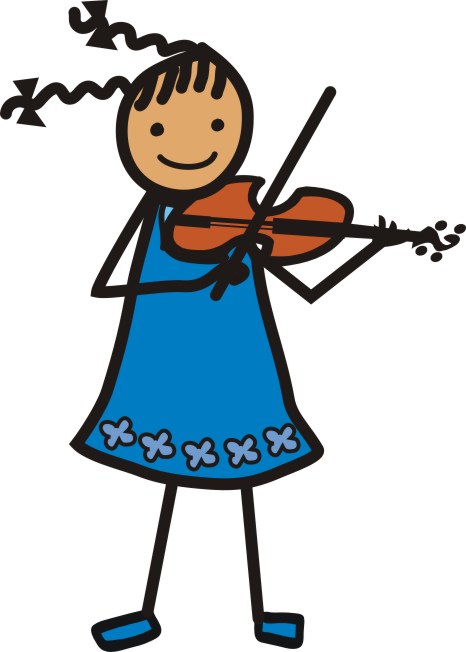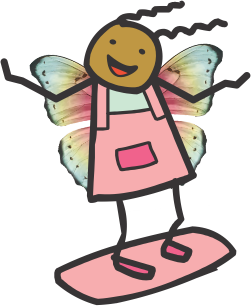Unit 2 Games
1. Dictation & Sight Singing 2. Alphabet & Intervals 3. Reading Rhythms 4. Rhythm Math 5. Staff and Notes
6. Tempos 7. Music Symbols 8. Scales and Key Signatures 9. Triads and Chords 10. MUSOPOLY
Members click HERE for a Game Library Index with convenient hyperlinks
1. DS – Dictation and Sight-Singing
- Develop listening skills by recognizing different intervals through singing
- Sing intervals, triads and/or scales using solfege and Curwen hand signs
- Sing with a steady beat
- Write intervals and/or melodic patterns on the staff / paper piano using steps and skips
- Sing and write melodic patterns in minor keys
DS-1 "Daily Do" – Variations 2
DS-2 Head to Tail Intervals
DS-3 Back-to-Back
DS-4 Staff Slates Echoes
DS-5 "Daily Do" – Variations 3
DS-6 Danish Zoo – Do Re Mi
DS-7 Melodic Bingo – Side 2
DS-8 Slow – Do Re Mi
DS-9 Magic Forehead Note
DS-10 Michigorian Chant
DS-11 Madrid Match – Do Re Mi
DS-12 Five Hiding - Do Re Mi
DS-13 Scrabble – Do Re Mi with Singing
DS-14 Pick a Card – Do Re Mi
DS-15 War – Do Re Mi
DS-16 "Daily Do" - Song Puzzle Cards
2. AI – Alphabet and Intervals
- Introduce the interval of a third using cards, staff and/or instrument
- Learn thirds forwards and backwards
- Practice the interval of a third using cards, staff and/or instrument
AI-1 Learning Thirds
AI-2 Toss Down
AI-3 Fine – Thirds and Variations
AI-4 Pick a Card – Thirds
AI-5 Win a Triad
AI-6 Singing Intervals
AI-7 Naming Intervals in Music
AI-8 Snake – Thirds and Variations
AI-9 Scrabble – Thirds
3. RR – Reading Rhythms
- Learn the vocabulary of blue jello words/hand signs to help understand the shapes of notes and rests
- Learn to think, feel and see rhythm as note groups (like words) rather than individual notes or rests
- Learn how to count and identify beats in a rhythmic pattern
- Learn to relate blue jello rhythm symbols to actual notes and rests
- Learn the mathematical relationship of the various notes and rests
- Take rhythmic dictation
- Read and/or perform rhythmic patterns by signing or clapping or with students’ instrument
- Learn time signatures and be introduced to conducting patterns
RR-1 Blue Jello Cards Set 2
RR-2 Win a Jello
RR-3 Double Bar Sit Down
RR-4 Naming Rhythms in Music
RR-5 Playing Blue Jello Cards
RR-6 6/8 Rhythms
RR-7 Blue Jello Rhythm Puzzle Rhythms
RR-8 Become a Beat
RR-9 Pass the Beat – 2
RR-10 Rhythms Across Variations
RR-11 Around the Circle
RR-12 Rhythm Bingo – Side 2
RR-13 Group Rhythm Bingo – Side 2
RR-14 Time Signature Cards
4. RM – Rhythm Math
- Reinforce the concepts learned with the blue jello cards
- Learn the value of notes and rests using magic notes and gold coin values
- Use addition to determine note and rest values
- Learn dotted notes and study the concept of the dot
- Study note groups within the subdivision of the quarter note beat and all note groups
- Play memory games to quickly recognize notes, rests and note groups
RM-1 5 Notes and 5 Rests with Money
RM-2 8 Notes and 5 Rests with Money
RM-3 Play or Pass
RM-4 War – Variations
RM-5 Meredith's Tower
RM-6 Dots and Ties
RM-7 Scrabble – Notes and Rests
RM-8 Measures
RM-9 Speed – Notes and Rests
RM-10 Rhythm Math
RM-11 21 – Notes and Rests
RM-12 Card Chart
RM-13 Card Chart Play or Pass
RM-14 Madrid Match – Card Chart
RM-15 Tutti War – Seconds
RM-16 Selling Notes and Rests
RM-17 Two Chances Slap
5. SN – Staff and Notes
- Become faster at locating the Grand Nine Notes on the grand staff
- Become proficient with open strings and how notes relate to the strings
- Begin to know all the notes on the grand staff using intervals from Grand Nine Notes
- Relate notes to piano and/or students’ instruments
SN-1 Four Hiding – Grand Nine
SN-2 Chance Match – Grand Nine
SN-3 Madrid Match – Grand Nine
SN-4 Slap the Grand Nine
SN-5 War – Grand Nine
SN-6 Five Hiding – Grand Nine Seconds
SN-7 Eye Spy – Any Note
SN-8 Who's Playing First?
SN-9 Grand Staff Games
Instrument-Specific Games
S-3 Suspense – Open Strings
6. T – Tempos
- Learn the meanings and pronunciations of tempos
- Learn the symmetrical sequence of tempos
- Learn to interpret tempos in printed music
- Learn to identify tempos through listening
T-1 Learning Tempos
T-2 "Daily Do" and 11 Tempos
T-3 Play or Pass – Tempos
T-4 Fine – Tempos
T-5 Rainbow Tempos
T-6 Who's Playing First?
T-7 Fine – Tempos Variations
T-8 Five Hiding – Tempos
T-10 Madrid Match – Tempos
T-11 Body Order
7. MS – Music Symbols
- Learn the meanings of signs, symbols, and terms in the music symbol cards set 2
- Relate the symbols to sound and/or musical scores
MS-1 Follow that Sign
MS-2 Music Symbol Bingo
MS-3 What Can You Find?
MS-4 I See
MS-5 Orange Pairs
MS-6 Orange War
MS-7 Symbol Snake
MS-8 Keep or Pass – 2
8. SK – Scales and Key Signatures
- Relate musical tones to the sequence of keys on the keyboard
- Practice the whole step and half step sequence of the major scale
- Learn and write C, G, D, and A major scales on the staff, on the keyboard, and/or with cards
- Learn and write F, Bb, and Eb major scales on the staff, on the keyboard, and/or with cards
- Learn key signatures and how to write them on the staff
- Practice scales and/or key signatures for fluency
SK-1 Body Fifths – Sharps
SK-2 Fifths with Card Games – Sharps
SK-3 Swishing Fifths – Sharps
SK-4 Tonic Dominant Leading Tone (I V vii)
SK-5 Fine in Your Hand – Sharps
SK-6 Snakes – Sharps
SK-7 Five Hiding -–Sharps
SK-8 Key Signature Turns – Sharps
SK-9 Body Fifths – Flats
SK-10 Swishing Fifths – Flats
SK-11 Subdominant (IV)
SK-12 Fine in Your Hand – Flats
SK-13 Snakes – Flats
SK-14 Five Hiding – Flats
SK-15 Key Signature Turns – Flats
SK-16 Magic Sevens
9. TC – Triads and Chords
- Practice spelling thirds beginning on a variety of notes
- Learn major and minor thirds, their hand signs and how to write and identify them on the staff and keyboard
- Learn to identify major and minor thirds by listening
- Learn the four kinds of triads (major, minor, diminished and augmented) with a root on C, their hand signs, and how to write them on the staff and the keyboard
- Learn to identify major, minor, diminished and augmented triads by listening
TC-1 Major and Minor Thirds
TC-2 Thirds Fiesta – 1
TC-3 Thirds Fiesta – 2
TC-4 Singing Major and Minor Thirds
TC-5 Thirds Echoes
TC-6 Four Triads on C
TC-7 Classic Games for Four Triads
TC-8 Triad Inversions
TC-9 Major Scale Triads
TC-10 Triad Echoes
TC-11 Triads Standing









